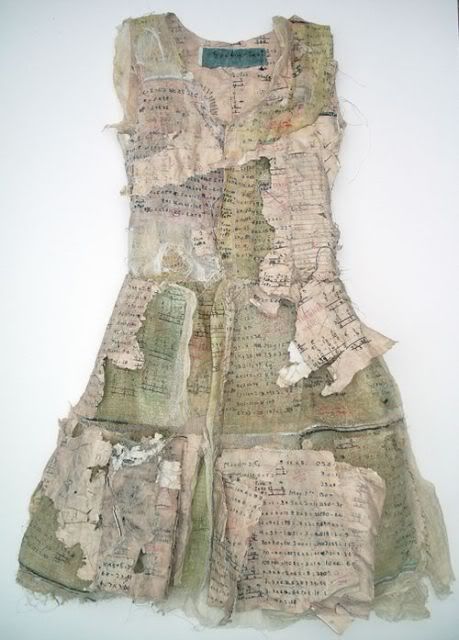In 1843 a report was released describing the conditions offered to young women apprenticed to dressmakers:
“The evidence of all parties establishes the fact that there is no class of persons in this country, living by their labour, whose happiness, health, and lives, are so unscrupulously sacrificed as those of the young dress-makers. They are, in a peculiar degree, unprotected and helpless; and I should fail in my duty if I did not distinctly state that, as a body, their employers have hitherto taken no steps to remedy the evils and misery which result from the existing system. . . . It may without exaggeration be stated that, in proportion to the numbers employed, there are no occupations, with one or two questionable exceptions such as needlegrinding,in which so much disease is produced as in dress-making, or which present so fearful a catalogue of distressing and frequently fatal maladies.
http://www.victorianweb.org/gender/ugoretz1.htm
http://www.fashion-era.com/the_seamstress.htm





